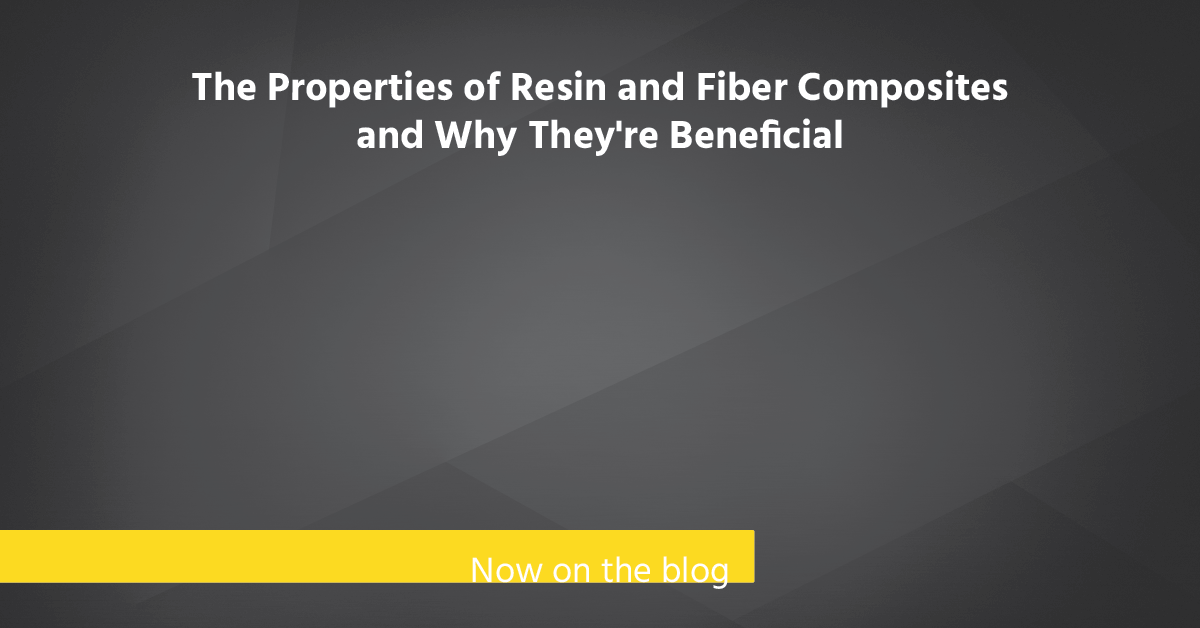
Fiber composites materials have been through many types of composite manufacturing.
There is great potential in carbon fiber material, which, when combined with a resin matrix, offers new advantages for strength and weight especially compared to industry staples like iron, steel, aluminum, and titanium.
So, read on to learn more about carbon fiber cloth and resin and how these materials are beneficial to your composite manufacturing.
Properties of Fiber Composites
Different types of fiber materials are better for each industry. With varying weight and strength and impact resistance, some carbon fiber material is better than others.
Glass Fiber
Most fibers used in composite manufacturing are made of glass. Such as, glass fibers. The fibers replace heavy metal parts and have higher impact resistance. There are several different types based upon the glass type, sizing, and fiber form.
- Electrical glass
- High-strength glass
- Corrosion-resistant glass
Despite glass fiber’s popularity, there are other popular fiber composites, such as carbon fiber material. Even more widely used than glass fibers.
Carbon Fiber
A material most commonly used fiber composites in high-performance applications. Therefore, lots of benefits come with using it: carbon fibers are five times as strong as steel, are highly chemical resistant, and have high-temperature tolerance with low thermal expansion.
Used through a wide array of industries, including:
- Construction
- Engineering
- Aerospace
- Energy
- Transportation
- Oil exploration
While carbon fiber has been used in these industries, it’s applications include the production of windmill blades, natural gas storage, and fuel cells. Military, commercial aircraft, deepwater drilling platforms and pipes also use carbon fiber.
Other Fiber
Each of these offers unique aspects of elongation, impact and strength resistance, and weight, but are still less common than carbon fiber material. These fibers include:
- Aramid fiber
- Boron fiber
- Polyethylene fiber
- Quartz fiber
- Ceramic fiber
- Basalt fiber
- Fiber hybrids
- Natural fibers
Even with specialized fiber composites, carbon fiber resin has its own benefits, too.
Properties of Resin
Thermosets and thermoplastics, two major groups of resins. Thermoset resins can be used with fiber composites, such as carbon fiber resin.
Polyester is most commonly used resin to bond with composites due to its balanced properties in dimensional stability, cost, and ease of handling and processing.
Epoxy is also very versatile. Carbon fiber epoxy resin is particularly useful because of its increased resistance to corrosion, performance under higher temperatures, and higher conductivity.
Vinyl esters use the benefits of epoxy resin but cure faster. Phenolic resins cure with condensation and can usually used as adhesives. Polyurethane resins use an exothermic reaction to cure.
Where to Find Quality Fiber Composites
SMI Composites provide fiber composites at the forefront of popular fabrication methods. We have materials to cover any major industrial needs for a variety of high-performance applications.
Carbon fiber resin is just one of many composites we manufacture. Therefore, we have a comprehensive set of options for any of your business needs.
So, be sure to check out our website for more helpful information on the services and products we can provide for you.
